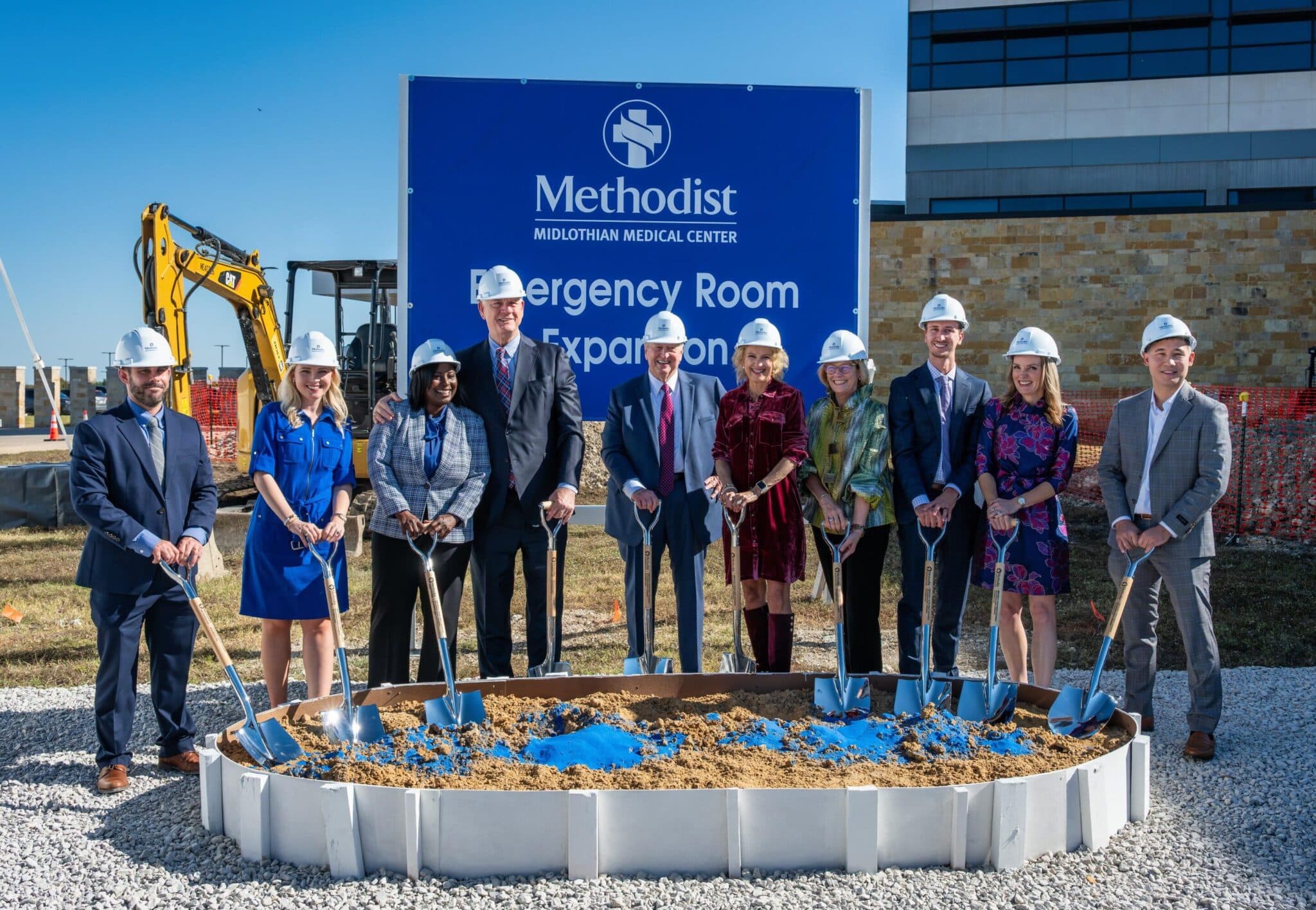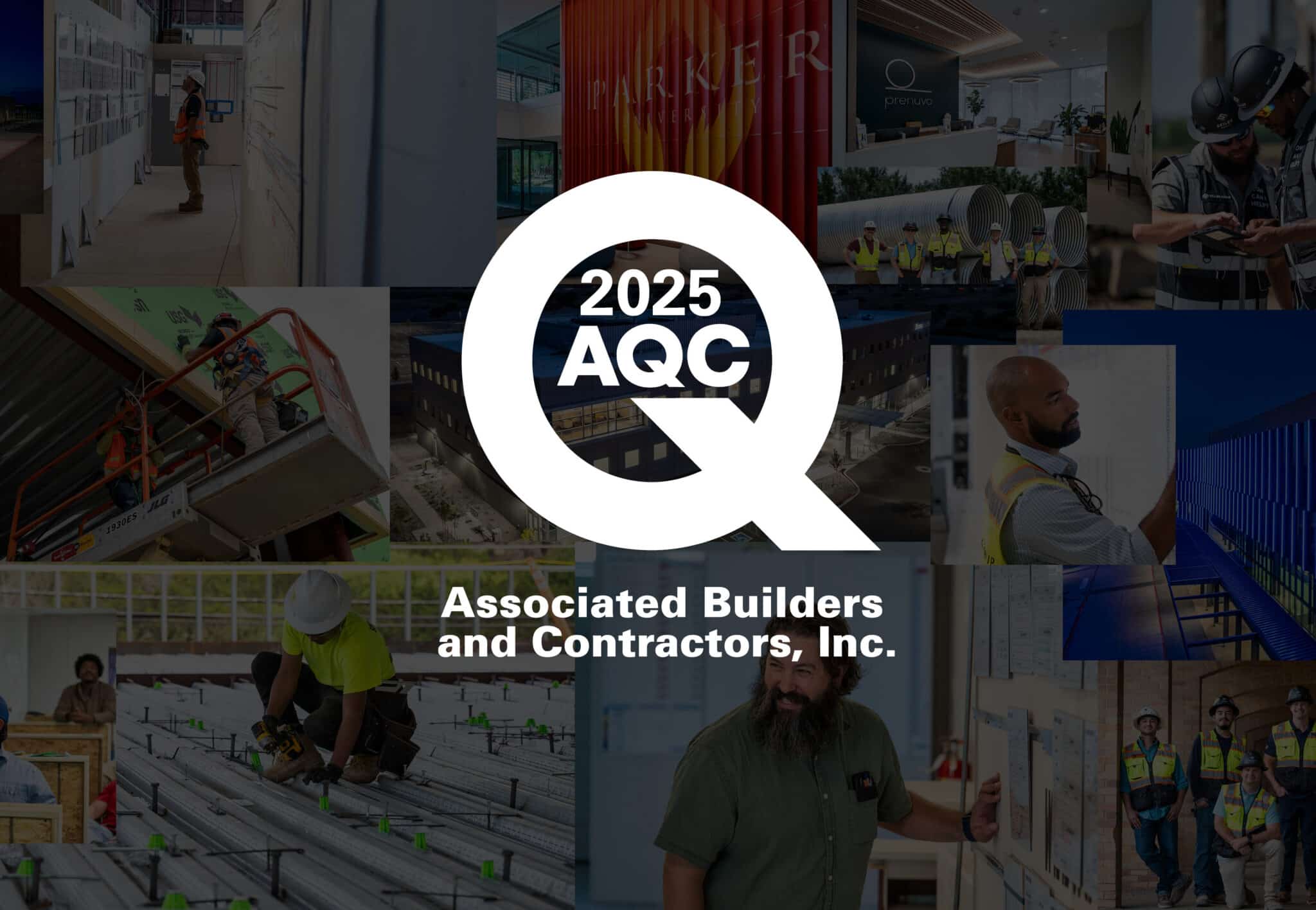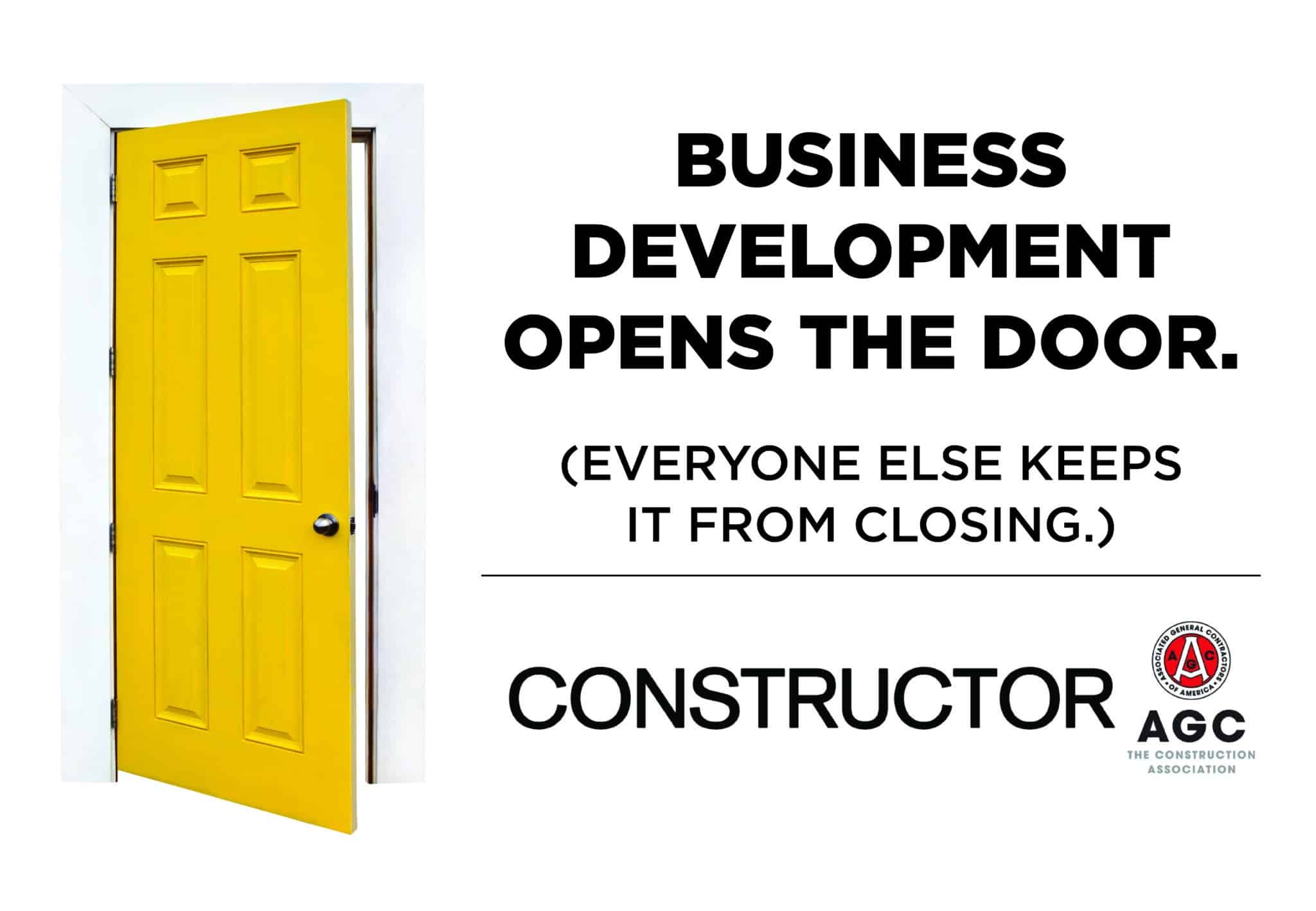Here’s a statement on which I think we can all agree: The pandemic has been difficult and created obstacles for everyone, and in every industry. This public health crisis has highlighted or exacerbated existing issues that were previously hidden, created entirely new problems that now need a resolution, and changed aspects of the way we work – and think about working – with other people. But while change is something that has always been difficult for many in our industry, we are resilient. We have acclimated and evolved – and for the better.
The problems we’ve collectively solved can also be viewed as opportunities for growth or improvement, and I believe the positive changes we’ve made will stay with us long after the days of the pandemic are over. Today, I’ll share three examples of how these have uniquely manifested in the construction industry and why I think our industry will evolve because of them.
Safety. While “work from home” has become a standard for many other businesses, this is not an option for the men and women who work on construction sites every day. Unfortunately, trying not to get sick is their new priority, and is yet another challenge to navigate daily on top of those related to schedules, budgets, quality, and safety. On many construction projects in states where construction was considered essential, new protocols were put in place by general contractors during the pandemic to make sure craftsmen and workers were safe. These include:
-
- Daily screening, including temperature checks, mandatory masks, and badging
- Additional handwashing stations
- Frequent sanitation of commonly touched surfaces
- Increased ventilation/air filtration, as permitted
- Social distancing practices
While temperature checks and masks may not remain as a daily practice in our post-pandemic work life, when looking at the other items on the list you can’t help but wonder why we weren’t doing these things in the first place. For example, prior to COVID-19 most construction projects did not have dedicated handwashing stations for workers. Now that this has become commonplace, why should it go away after the pandemic? The same goes for frequently sanitizing commonly touched surfaces and adding better ventilation during construction of workspaces. These are just good, common sense practices for the health and well-being of workers. As an industry, we should push for these things to remain standard once the pandemic subsides.
Technology. The use of technology on construction jobsites has expanded dramatically during the pandemic. While many had already begun leveraging various technologies before COVID-19, the pandemic pressed more firms to leverage tech in multiple areas of the business where they may not have before, including:
-
- Virtual inspections
- Virtual scheduling sessions
- Virtual meetings
Many of the people relied upon for required construction inspections were unable to come onsite as a result of lockdowns, travel bans, furloughs, and social distancing. To work around these constraints, contractors began implementing a variety of tools and technologies to achieve effective virtual inspections. From live streaming via smartphones and video conferencing tech, to taking 360 degree photographs or videos and uploading them to interactive cloud-based platforms, many firms started to push the boundaries for facilitating inspections more than ever before. What’s exciting is that these tools will only improve as time goes on and the way projects are inspected could be further altered for the better.
For general contractors that implemented Lean Construction on their projects, virtual scheduling sessions and meetings have allowed more people to participate in jobsite meetings than before. Also, live streaming OAC meetings and trade partner (subcontractor) meetings via video conferencing has given time back to people who are usually required to travel to attend, and it allows for the meeting minutes to be taken where everyone can see them on the screen, leading to better clarity as well as faster distribution after the meeting. As a result, people who are not onsite can still get the same value from the meeting as those who were present in person. The benefits and efficiencies this shift to virtual meetings have created are likely to endure post-pandemic.
Compassion. According to the Centers for Disease Control & Prevention, construction has the highest suicide rate across all industries. The suicide rate in construction is about four times greater than the national average and five times greater than that of all other construction fatalities combined. In fact, more lives are lost per day from suicide than from all of OSHA’s Fatal Four Hazards together. There are many explanations for this, and some could include the following:
-
- Traditional construction has a hard-nosed, tough guy culture where feelings are not discussed
- Traveling work (relocation to distant jobsites) causes family separation and sometimes isolation
- Varying shift work schedules can cause sleep disruption/deprivation
- Our industry has one of the highest rates of substance abuse and substance use disorders
- Seasonal layoffs and end-of-project furloughs that cause economic instability
- Chronic pain caused by current or past injuries
The additional stressors brought by the pandemic have placed a new burden on an already troubled workforce, and in response many construction companies have finally begun to address mental health awareness more seriously. Strategies for incorporating supportive and awareness-oriented messaging around mental health, substance abuse and addiction, and suicide prevention for construction workers include:
-
- Employee Assistance Program (EAP) information shared often and widely via jobsite posters, wallet cards, refrigerator magnets, and email
- Care packages/wellness kits mailed to employees’ homes
- Openly discussing mental health topics in company newsletters and at quarterly/annual meetings
- Openly discussing mental health topics with workers and craftsmen at jobsite “Toolbox Talks” and during Safety Stand-Downs
We’ve all experienced more than normal stress both at work and at home over the past year, and from multiple angles: social, economic, personal health, family. But real life is stressful, even without a complicated public health crisis to navigate. Going forward, we need to continue to focus on our connections with people and think about what each of us might be able to do to help others. Ways we can practice compassion are:
-
- Start with you. Be compassionate with yourself. Give yourself permission to feel and experience whatever you’re going through. It is helpful to remember that you are not alone and, while it’s hard to do, be sure to ask for help if you need to.
- Have empathy. Stay conscious and cognizant of what others may be going through. Try to imagine or connect with what another person might be experiencing – what is causing them stress or anxiety? What could be weighing on them?
- Practice patience and kindness. You never know what is causing someone’s bad day, impatience, or rudeness, so try to give everyone some grace and room to be human.
- Be proactive. See if you can solve a problem for someone before it gets worse and look for ways to smooth the path someone is walking on.
This has been a difficult, protracted crisis, and COVID-19 has taught us many lessons – big and small, both good and bad. The opportunity to take what we have learned to become better people and build a more progressive industry is in our (freshly washed) hands.
This article was written for The Zweig Letter; you can read it here: https://thezweigletter.com/after-the-pandemic/




